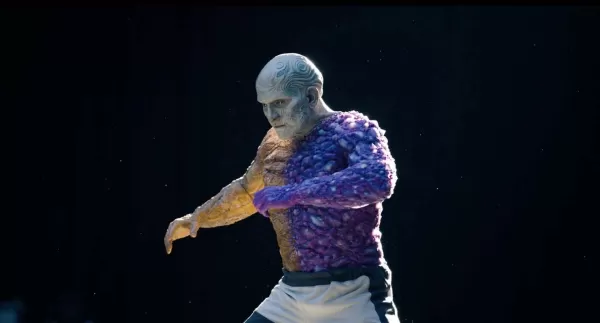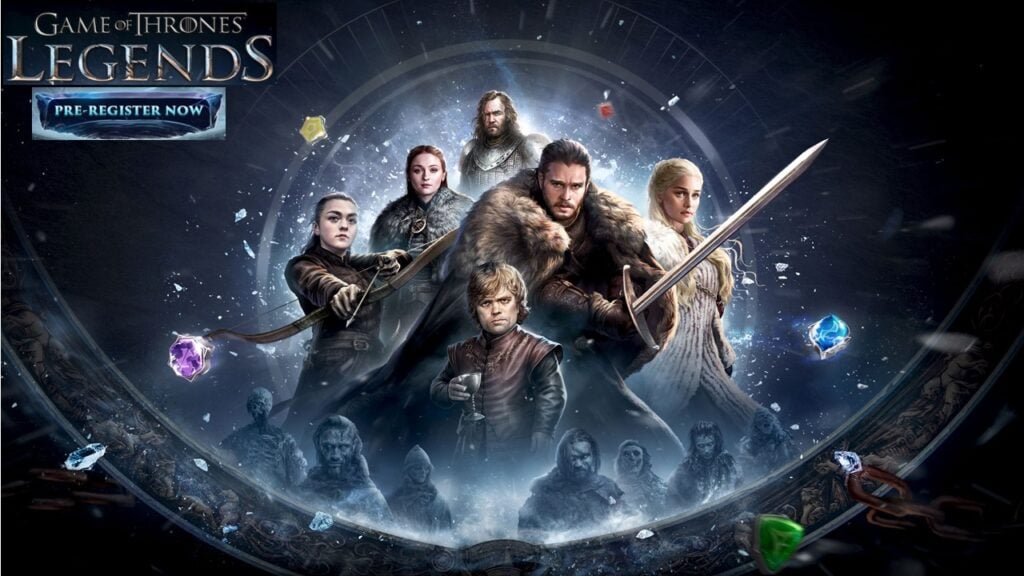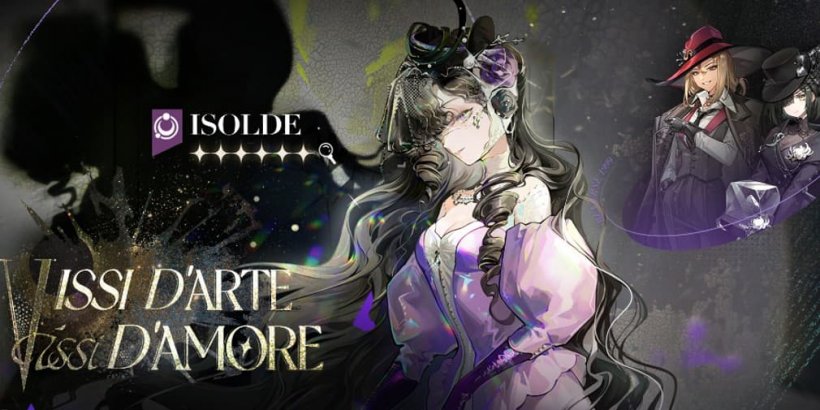Civ 7 Redefines What it Means to Be a Leader
- By Jonathan
- Feb 21,2025
Civilization VII: A Revolution in Leadership
Civilization's leaders are as iconic as the civilizations themselves. Firaxis' approach to selecting national representatives has evolved significantly over the years. This article explores Civilization VII's leader roster and how it redefines leadership within the series.
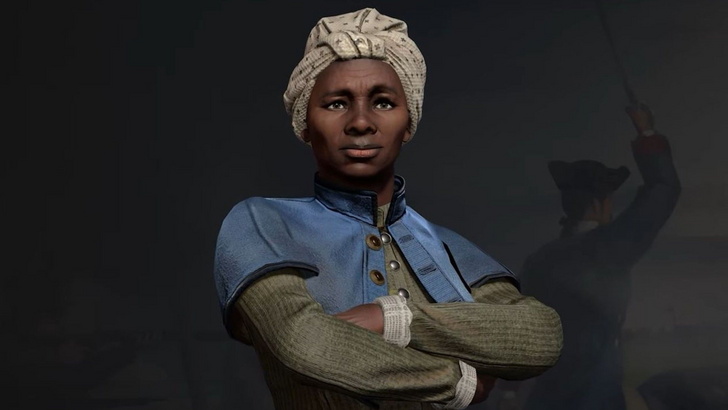
From Superpowers to a Diverse Cast
The original Civilization featured a relatively simple roster, primarily focusing on established global superpowers of the early 1990s and historical antiquity. The 15 civilizations included familiar names like America, Rome, and China, each led by a historically prominent figurehead. This approach prioritized widely recognized leaders, resulting in a straightforward selection process. While figures like Abraham Lincoln and Julius Caesar were included, the roster lacked diversity, with Elizabeth I being the sole female leader.
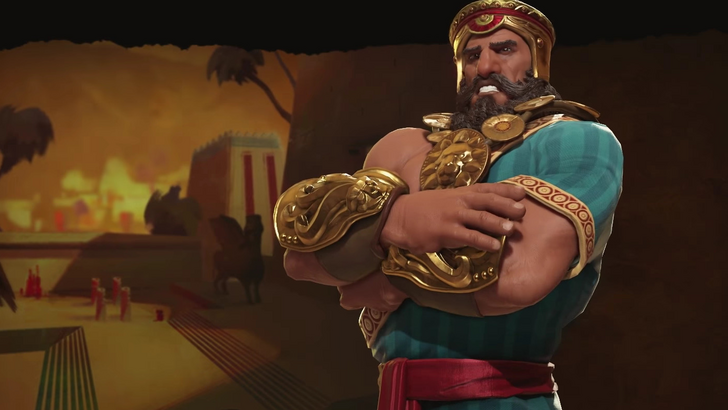
Expanding the Definition of Leadership
Civilization II expanded the roster and broadened the definition of "leader." Lesser-known powers were introduced, and the inclusion of alternative female leaders demonstrated a move towards greater diversity. Figures who weren't heads of state but were pivotal to their civilization's identity, like Sacagawea and Amaterasu, also appeared.
Subsequent iterations (Civ III, IV, and V) further expanded the roster and the criteria for leadership. Revolutionaries, generals, and reformists became common, and major civilizations often featured multiple leaders, reflecting different eras or perspectives. The focus shifted from solely representing powerful figures to encompassing a broader spectrum of human experience.
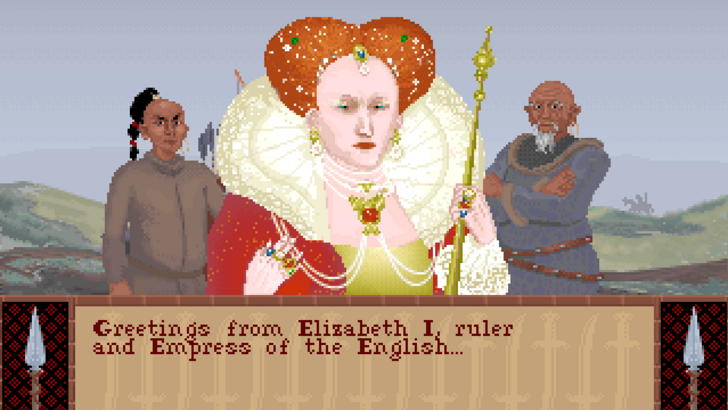
Civilization VI: Character and Creativity
Civilization VI significantly enhanced characterization and diversity. Leaders were brought to life through stylized animated portraits. The introduction of Leader Personas—alternative versions of the same leader emphasizing different aspects of their rule—added depth and strategic variety. Lesser-known figures, such as Lautaro and Bà Triệu, joined the roster, representing diverse cultures and historical struggles. The concept of leaders representing different chapters of their lives, as seen with Eleanor of Aquitaine and Kublai Khan, further broadened the scope.
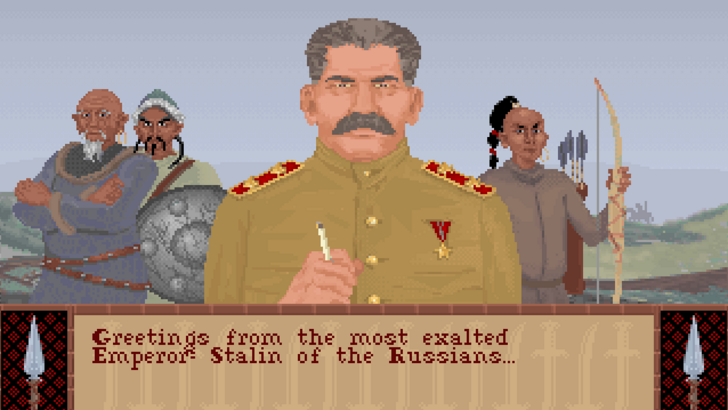
Civilization VII: A Unique Mix-and-Match Approach
Civilization VII takes the evolution of leader selection to a new level. It features the most diverse and creative roster yet, utilizing a mix-and-match approach that unbinds leaders from specific historical nations. This allows lesser-known figures to take center stage, exemplified by the inclusion of Harriet Tubman, whose unique gameplay mechanics reflect her role in the Underground Railroad.
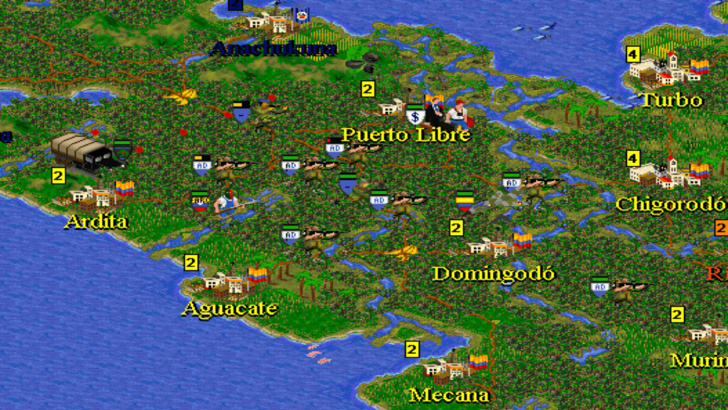
The inclusion of Niccolò Machiavelli, a figure not typically associated with heads of state, highlights the game's focus on impactful individuals rather than solely traditional rulers. José Rizal's inclusion represents a significant step towards more inclusive representation.
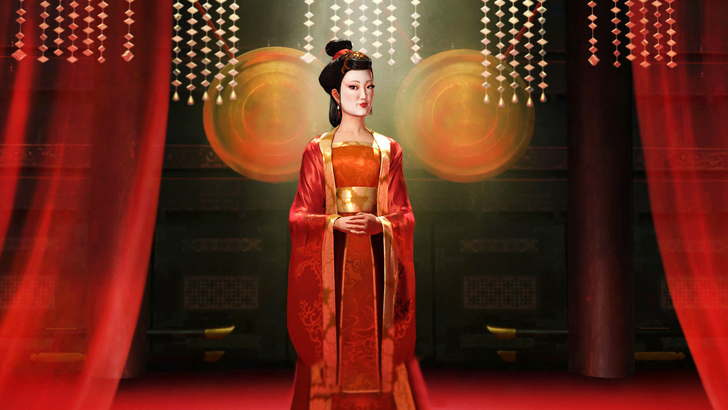
Conclusion: A Tapestry of Humanity
Over nearly 30 years, Civilization has evolved from a game focused on established superpowers to one that celebrates a vibrant tapestry of human experience. The definition of leadership has expanded dramatically, but the significance of those who bear the title remains unwavering. Civilization VII's unique approach to leader selection reflects this ongoing evolution, showcasing a diverse and imaginative cast of individuals who have shaped the course of history.
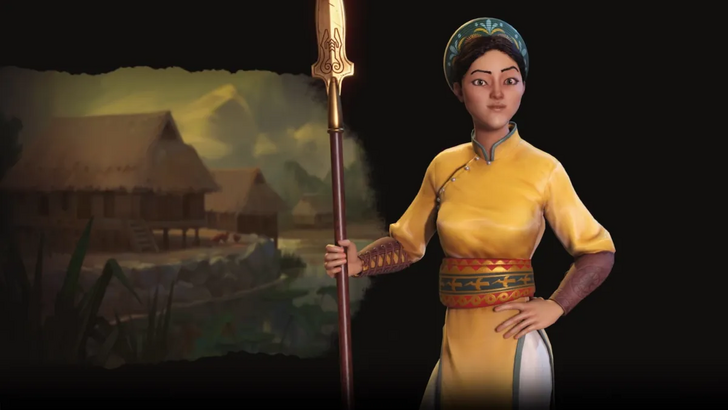

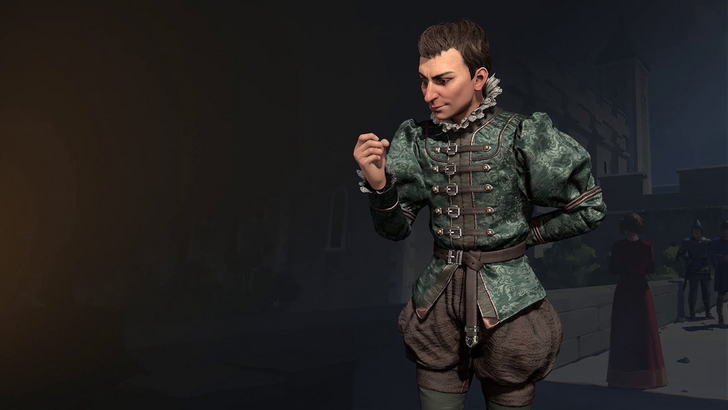


← Return to Sid Meier's Civilization VII main article
